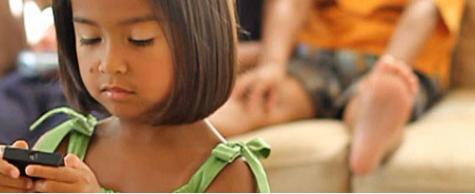Parents and carers are being urged to be aware of the risks that coin-sized batteries pose to children if swallowed and to take precautions to keep them out of young hands.
“Button batteries are a severe and little known risk for children but alarmingly an estimated five children per week in Australia present to an emergency department with a button battery related injury,” Deputy Chair of the Australian Competition and Consumer Commission (ACCC), Delia Rickard, said.
Button batteries are found in many common household products such as remote control devices that unlock car doors, TV remote controls, calculators, hearing aids, bathroom scales, reading lights, flameless candles and talking and singing books and greeting cards.
If swallowed, these coin-sized lithium button batteries can lodge in a child’s throat. An electrical current is immediately triggered by saliva in the throat, which causes a chemical reaction that can severely burn through the child’s oesophagus to internal organs such as the lungs, arteries and spine in only a few hours.
“These batteries only pose a risk if children get their hands on them so we are urging parents to keep them out of sight and out of reach. It is also very important for parents to know what to do if unfortunately something does go wrong,” Ms Rickard said.
Safety Tips
1. Keep coin-sized button batteries and devices out of sight and out of reach
2. Examine devices and make sure the battery compartment is secure
3. Dispose of used button batteries immediately. Flat batteries can still be dangerous.
4. If you suspect a child has swallowed a button battery, immediately go to a hospital emergency room
5. Call the Poisons Information Centre on 13 11 26 for additional treatment information
6. Tell others about the risk associated with button batteries and how to keep their children safe
Further information
- In 2012, the ACCC partnered with Kidsafe and Energizer to develop the Australian Battery Controlled education campaign to raise national consumer awareness of the risks associated with coin-sized lithium button batteries. Further information is at www.thebatterycontrolled.com.au
- A video featuring warnings from parents whose child has swallowed a button battery is available at http://www.productsafety.gov.au/content/index.phtml/itemId/993224
- The New Zealand Ministry Consumer Affairs has produced a time-lapse video using ham to illustrate the damage batteries do to a child’s throat and oesophagus. The video is available at www.productsafety.gov.au


















__small.png)










